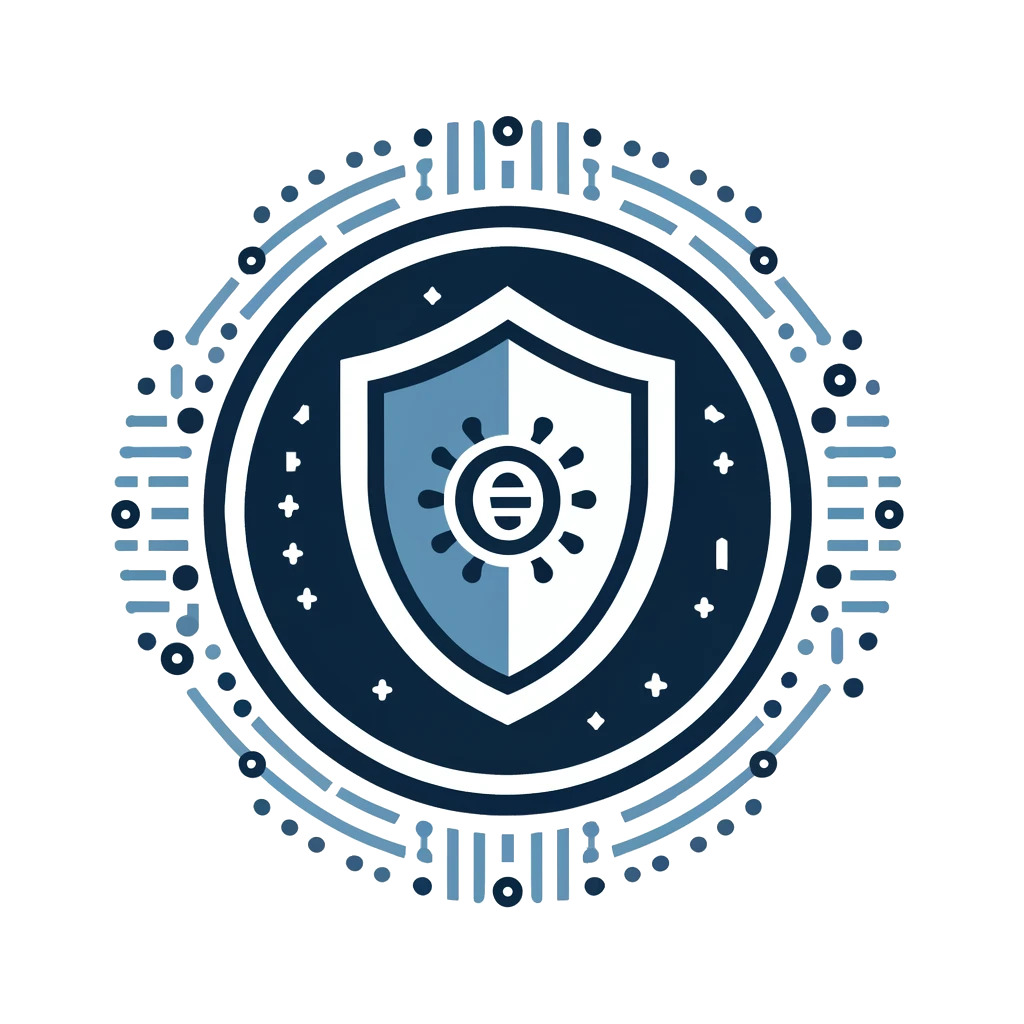Digital Rights Management
Digital Rights Management
Digital Rights Management (DRM) is a set of technologies, techniques, or systems used by content creators, publishers, distributors, or rights holders to control, manage, or enforce the usage, distribution, or access rights of digital content, media, or intellectual property in digital environments. DRM solutions are designed to protect copyrighted works, prevent unauthorized copying, redistribution, or piracy, and enable rights holders to monetize, license, or enforce usage restrictions on digital assets across various platforms, devices, or distribution channels.
Overview
Digital Rights Management encompasses a range of methods and mechanisms for enforcing copyright protection, licensing agreements, or usage policies on digital content, such as music, videos, ebooks, software, games, or multimedia files, to safeguard intellectual property rights, preserve revenue streams, or combat piracy and unauthorized distribution. DRM technologies typically incorporate encryption, access controls, digital signatures, watermarking, or licensing frameworks to authenticate users, encrypt content, manage cryptographic keys, and enforce usage restrictions, enabling rights holders to exercise control over the distribution, consumption, or exploitation of their digital assets.
Components
Key components of Digital Rights Management systems include:
- Encryption: Applying cryptographic algorithms, encryption techniques, or digital scrambling methods to encode digital content, media files, or intellectual property, rendering them inaccessible or unreadable without proper decryption keys or authorization.
- Access Controls: Implementing access control mechanisms, authentication protocols, or user authentication systems to verify the identity, credentials, or permissions of users, devices, or applications attempting to access protected content or services.
- License Management: Issuing digital licenses, usage rights, or entitlements to authorized users, customers, or subscribers, specifying the terms, conditions, or restrictions governing the use, distribution, or exploitation of licensed content or digital products.
- Digital Signatures: Employing digital signatures, cryptographic hashes, or digital certificates to sign, validate, or verify the authenticity, integrity, and origin of digital content, ensuring that it has not been tampered with or altered during transmission or distribution.
- Watermarking: Embedding invisible or imperceptible identifiers, digital watermarks, or forensic markers within digital content or media files to trace, track, or identify the source, distributor, or authorized recipient of copyrighted works and deter illicit copying or piracy.
- Rights Enforcement: Enforcing copyright protection, intellectual property rights, or usage policies through legal, technical, or administrative measures, such as digital rights enforcement mechanisms, copyright infringement detection, or content takedown procedures.
Types
Common types of Digital Rights Management solutions include:
- Copy Protection: Preventing unauthorized copying, duplication, or reproduction of digital content by applying copy protection mechanisms, copy control techniques, or anti-piracy measures to restrict the number of copies or devices on which the content can be played or accessed.
- Content Encryption: Encrypting digital content, media streams, or multimedia files using encryption algorithms, digital rights encryption (DRE) techniques, or content protection schemes to prevent unauthorized access, interception, or tampering of copyrighted works.
- Digital Watermarking: Embedding invisible or imperceptible watermarks, steganographic markers, or forensic identifiers into digital content, images, or audio/video files to identify copyright ownership, trace distribution channels, or deter piracy and unauthorized redistribution.
- License Management Platforms: Deploying centralized or cloud-based license management platforms, digital rights management servers, or rights management systems (RMS) to issue, distribute, track, and manage digital licenses, entitlements, or usage rights for licensed content or digital products.
- Streaming Protection: Securing live streaming, video-on-demand (VOD), or multimedia streaming services using streaming encryption, digital rights enforcement, or content protection technologies to prevent unauthorized streaming, screen capturing, or redistribution of copyrighted content.
- Mobile DRM Solutions: Implementing mobile DRM solutions, mobile application management (MAM) policies, or app sandboxing techniques to protect mobile apps, digital publications, or mobile content from unauthorized use, reverse engineering, or piracy on mobile devices.
Challenges
Challenges associated with Digital Rights Management include:
- Interoperability: Ensuring compatibility, interoperability, or cross-platform support for DRM-protected content across different devices, operating systems, software applications, or digital ecosystems to provide seamless user experiences and minimize user friction.
- User Experience: Balancing DRM protection mechanisms with user convenience, usability, or flexibility to avoid user dissatisfaction, friction, or resistance to DRM-enabled services, products, or digital content consumption experiences.
- Privacy Concerns: Addressing privacy implications, data protection risks, or user tracking concerns associated with DRM technologies, such as data collection, user tracking, or information disclosure practices that may infringe upon user privacy rights or consumer rights.
- Security Vulnerabilities: Mitigating security risks, cryptographic vulnerabilities, or exploitation vectors associated with DRM systems, such as encryption weaknesses, key management flaws, or implementation errors that could lead to content piracy, unauthorized access, or digital rights circumvention.
- Legal and Regulatory Compliance: Ensuring compliance with copyright laws, intellectual property regulations, or consumer protection statutes governing the use, distribution, or licensing of digital content, media assets, or software products protected by DRM technologies.
Future Trends
Future trends in Digital Rights Management may include:
- Blockchain-Based DRM: Leveraging blockchain technology, distributed ledger systems, or decentralized DRM platforms to implement transparent, tamper-proof, and auditable DRM solutions that provide immutable records of content ownership, usage rights, or licensing transactions.
- AI-Powered Content Protection: Integrating artificial intelligence (AI) algorithms, machine learning models, or deep learning techniques into DRM systems to enhance content protection, piracy detection, or digital rights enforcement capabilities through predictive analytics, anomaly detection, or behavior analysis.
- Zero-Knowledge DRM: Exploring zero-knowledge proof techniques, cryptographic protocols, or privacy-preserving DRM schemes that enable secure content distribution, licensing, or consumption without revealing sensitive information, user identities, or usage patterns to DRM service providers.
- User-Centric DRM: Adopting user-centric DRM models, user-controlled rights management frameworks, or decentralized identity solutions that empower users with greater control, transparency, and ownership over their digital rights, personal data, or content consumption preferences.
- Cross-Domain DRM Integration: Facilitating interoperability, cross-domain integration, or standardization efforts among DRM technologies, content protection systems, or digital rights management frameworks to streamline content distribution, licensing transactions, or rights management processes across diverse platforms, ecosystems, or industries.
